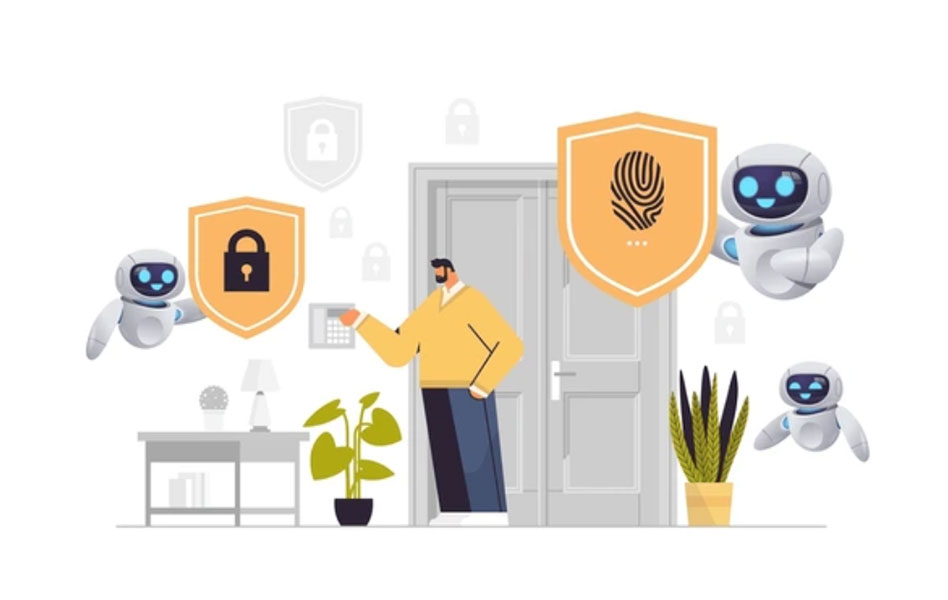
The journey of home security has evolved significantly, transitioning from simple mechanical locks to sophisticated smart systems that offer enhanced protection and convenience.
This evolution reflects technological advancements and changing societal needs.
The Era of Traditional Locks
For centuries, the primary means of securing homes relied on mechanical locks and keys.
Brands like Schlage, established in 1920, became synonymous with durable and reliable locks, setting industry standards for decades.
These traditional locks were straightforward, requiring manual operation and physical keys, which, while effective, had limitations such as the risk of lost or duplicated keys.
Introduction of Electronic Security Systems
The late 20th century saw the introduction of electronic security systems.
Homeowners began installing alarm systems connected to telephone lines, which could alert authorities in case of unauthorized entry.
These systems added a layer of security beyond physical locks, incorporating motion detectors, door and window sensors, and audible alarms to deter intruders.
The Rise of Smart Security Systems
The 21st century ushered in the era of smart technology, revolutionizing home security.
Modern smart security systems integrate with the Internet of Things (IoT), allowing homeowners to monitor and control their security devices remotely via smartphones or computers.
Features such as real-time video surveillance, smart locks, and environmental sensors have become commonplace.
Advancements in Smart Lock Technology
Smart locks have become a focal point in home security innovation.
For instance, Schlage introduced the Connect deadbolt in 2013, featuring Z-Wave and Zigbee compatibility, enabling integration with smart home platforms like Amazon Alexa and Google Home.
In 2022, Schlage launched the Encode Plus deadbolt, the first smart lock to support Apple’s NFC home key standard, allowing users to unlock their doors with a simple tap of their iPhone or Apple Watch.
Other companies have also made significant strides.
Kwikset’s Halo Select smart lock, introduced in late 2024, features a quieter motor, geofence-based unlocking, and an innovative door-status sensor that integrates seamlessly into the doorjamb.
Notably, it’s Kwikset’s first product compatible with Matter, a new smart-home standard that simplifies device integration across different platforms.
Integration with Biometric and Facial Recognition Technologies
Emerging technologies are further transforming home security.
Facial recognition is poised to replace traditional keys, passports, and tickets within the next five years, offering both convenience and enhanced security.
However, this advancement raises privacy concerns, as the widespread adoption of facial recognition could lead to increased surveillance and data misuse.
The Future of Home Security
Looking ahead, home security systems are expected to become more integrated and intuitive.
The adoption of universal connectivity standards like Matter will facilitate seamless communication between devices from different manufacturers, simplifying user experiences.
Additionally, advancements in artificial intelligence could enable security systems to learn and adapt to homeowners’ routines, identifying unusual activities more effectively.
Home security has evolved from basic mechanical locks to sophisticated smart systems that offer comprehensive protection and convenience.
As technology continues to advance, so does SSI’s commitment to home and business owners in fulfilling their evolving security needs.
By integrating cutting-edge security solutions and maintaining vigilance through continuous updates, SSI can effectively mitigate risks and navigate the complexities of modern security challenges.